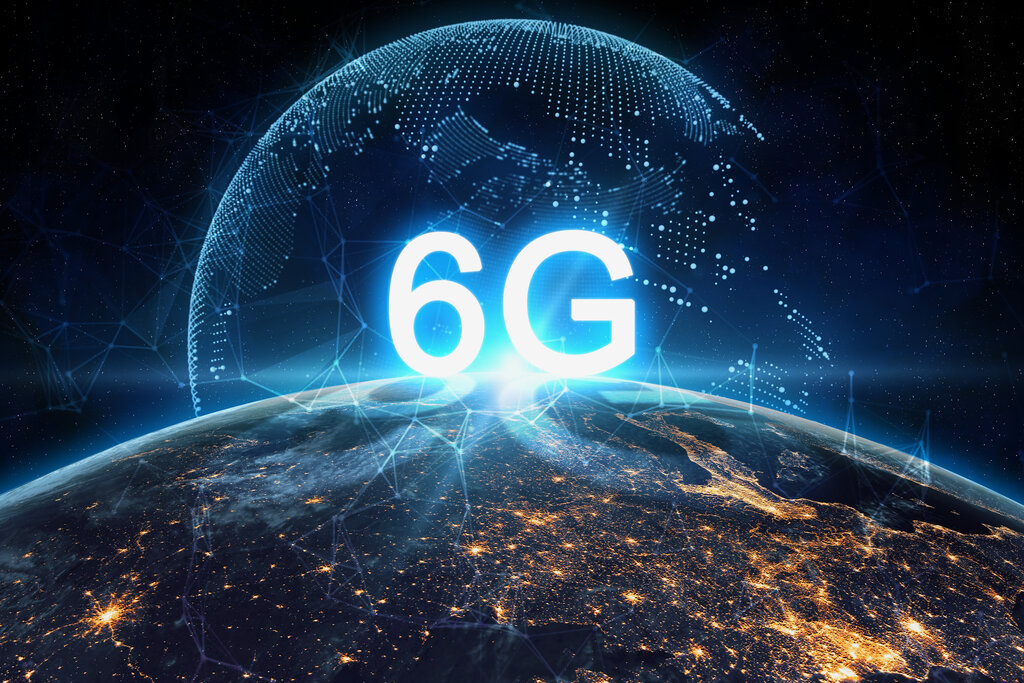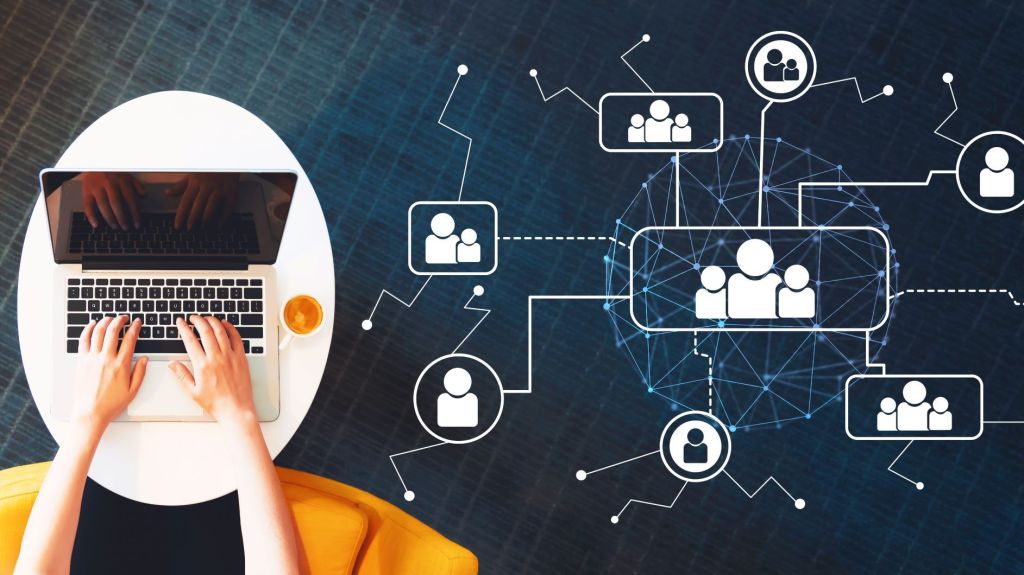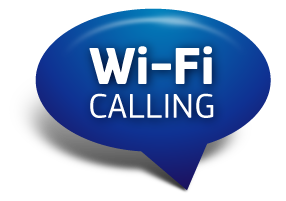What’s After 5G?
Next Generation Networks
5G, the next generation mobile network, launched in 2020, following in the footsteps of a steady progression of voice capability, call and text encryption, data transmission, video calling, mobile internet. 1G started it all in 1981, 2G came 11 years later, and 3G and 4G made their entries in 2001 and 2012, respectively. 5G figures […]




